So i have a page already which draws a force directed graph, like the one shown here.
And that works fine. I'm using the JS from here, with a few tweaks to spread out the nodes slightly nicer.
These are more or less the only differences:
d3.json("force.json", function(json) {
var force = d3.layout.force()
.gravity(0.1)
.charge(-2000)
.linkDistance(1)
.linkStrength(0.1)
.nodes(json.nodes)
.links(json.links)
.size([w, h])
.start();
Where reducing the link strength seems to make the links more like springs, so it becomes similar to the Fruchterman & Reingold technique often used. This works reasonably well, but only for fairly small graphs. With larger graphs the number of crossings just goes up - as one would expect, but the solution it lands on is normally far from optimal. I'm not looking for a method to get the optimal solution, I know that's very difficult. I would just like it to have some crude addition that tries to force the lines apart as well as the nodes.
Is there a way to add a repulsion between in links, as well as between the nodes? I'm not familiar with the way D3 force works, and i can't seem to find anything that says this is possible...
